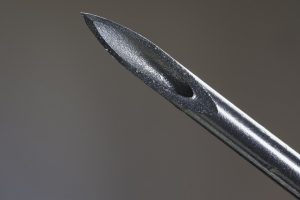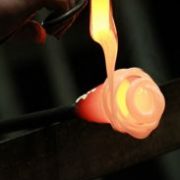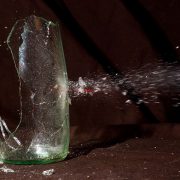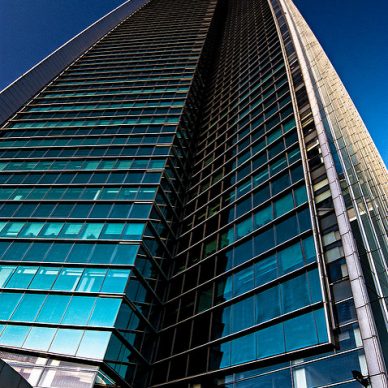Glass coated hypodermic needle could ease pain
No one likes getting shots, but a newly developed glass-coated hypodermic needle could reduce the amount of pain associated with getting shots or taking blood samples. Researchers at the National Taiwan University of Science and Technology (NTUST), working with researchers from the University of Tokushima and the University of New Mexico have developed a hypodermic needle coated with metallic glass.
The researchers say that the metallic glass coating reduces pain when the needle is inserted and also improves the performance of the needle. According to researchers, metallic glass has certain properties that reduce the friction associated with the surface of the needle. Friction between the surface of the needle and the skin or other living tissue causes resistance, which in turn causes pain. Longer and larger needles cause more pain because the larger surface generates more friction upon insertion.
Friction doesn’t just cause pain upon when the needle is being inserted. Friction is also generated when the needle is withdrawn because typical metals have a natural surface grain. Movement in any direction causes tissue to “catch” on the surface grain.
Researchers say that applying a metallic glass coating to the needle reduces friction by 2/3rds when the needle is being inserted, and reduces friction by nearly 3/4ths when the needle is being withdrawn. In some experiments, friction was reduced by 80%.
Large-bore needles are typically lubricated because lubrication is known to reduce friction, and insertion pain. Smaller gauge needles are typically not lubricated; these needles are often used in dental procedures, suturing and other medical procedures. Metallic glass coatings could also be used to reduce friction in other non-medical applications, and are of interest to manufacturing and materials sciences engineers.
Glassprimer™ glass paint is a specialized glass coating that bonds permanently to glass surfaces. GlassPrimer also makes a glass surface molecular activator that is designed to work with UV-inkjet glass printing processes. For more information about Glassprimer™ glass paint, please visit the rest of our site. If you’d like to purchase Glassprimer™ glass paint, please visit our online store .
Photo Credit: Alden Chadwick , via Flickr.com





